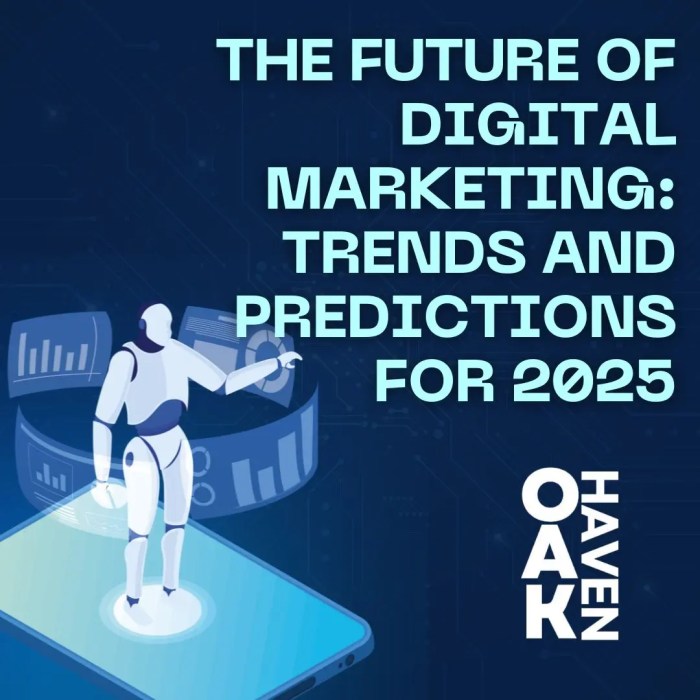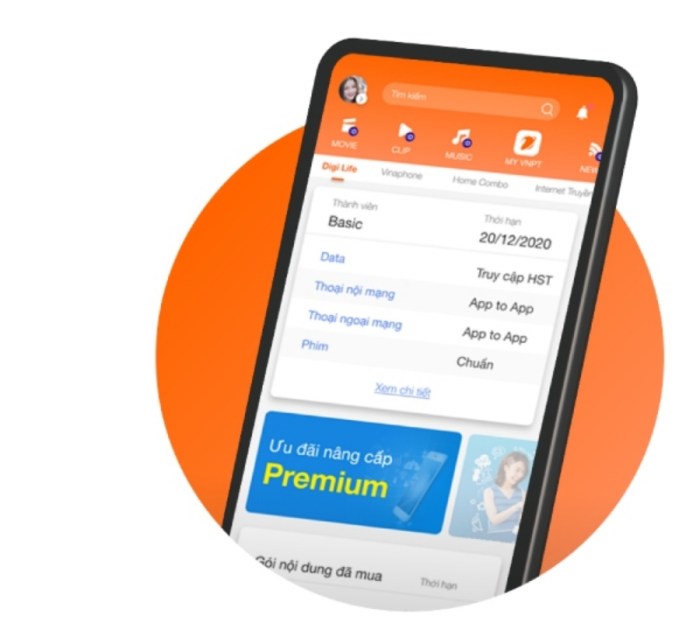What Is Health Information Technology and Why It Matters in 2025: A Comprehensive Guide
Exploring the realm of Health Information Technology and its significance in 2025, this introduction aims to captivate readers with a detailed yet engaging overview of the subject matter.
Providing insights into the evolution and future trends of Health Information Technology, this introduction sets the stage for an informative discussion ahead.
Introduction to Health Information Technology
Health Information Technology (HIT) encompasses the use of technology to manage healthcare information, including electronic health records (EHR), telemedicine, health information exchange, and other systems. HIT plays a crucial role in healthcare settings by improving the efficiency, accuracy, and accessibility of patient information, leading to better decision-making and patient outcomes.
The Role of HIT in Healthcare Settings
- Facilitates the storage and retrieval of patient data in a secure and organized manner.
- Enables healthcare providers to access real-time information for better diagnosis and treatment planning.
- Supports communication and collaboration among healthcare professionals for coordinated care.
- Helps in tracking and monitoring population health trends for disease prevention and management.
Importance of Electronic Health Records (EHR) and Other HIT Systems
- Enhances patient safety by reducing errors and improving medication management.
- Increases efficiency by eliminating paperwork and streamlining administrative tasks.
- Empowers patients to access their health information and become active participants in their care.
- Facilitates data analytics for research, quality improvement, and evidence-based decision-making.
Evolution of Health Information Technology
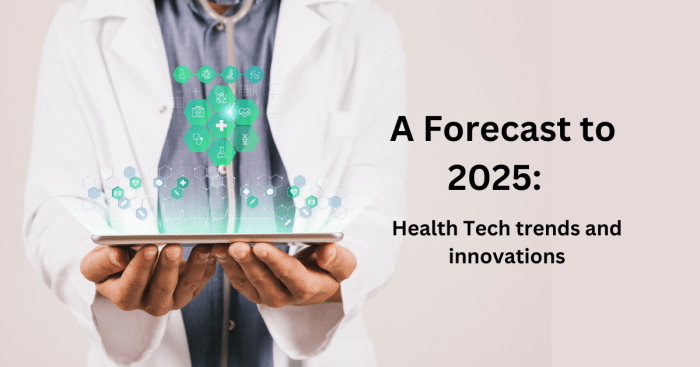
The development of Health Information Technology (HIT) has been a transformative journey that has revolutionized the healthcare industry.
Historical Development of HIT
- In the 1950s, the first computers were introduced in healthcare settings to manage patient data more efficiently.
- By the 1970s, hospitals began using electronic databases to store patient information, marking the shift from paper-based records.
- In the 1990s, the Health Insurance Portability and Accountability Act (HIPAA) was enacted to regulate the security and privacy of electronic health information.
Key Technological Advancements
- The development of Electronic Health Records (EHRs) allowed for the seamless sharing of patient information among healthcare providers.
- Telemedicine and mobile health technologies have enabled remote consultations and monitoring of patients, improving access to care.
- Artificial Intelligence and machine learning algorithms are being used to analyze large datasets for predictive analytics and personalized medicine.
Comparison of Paper-Based and Electronic Health Records
- Traditional paper-based health records were cumbersome to manage, prone to errors, and difficult to share among healthcare providers.
- Electronic Health Records (EHRs) are easily accessible, secure, and can be shared instantly among authorized healthcare professionals, improving coordination of care.
- EHRs also allow for decision support tools, reminders, and alerts to help healthcare providers make informed decisions and provide better patient care.
Significance of Health Information Technology in 2025
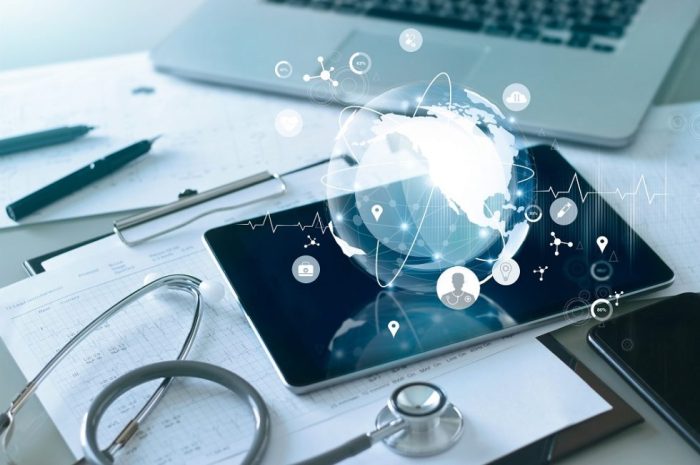
Health Information Technology (HIT) is poised to play a crucial role in shaping the healthcare landscape in 2025 and beyond. With the rapid advancements in technology and the increasing focus on improving patient care, HIT is expected to revolutionize the way healthcare is delivered and managed.
Evolution of HIT in Patient Care
- By 2025, HIT is projected to enhance patient outcomes through better coordination of care. With the integration of electronic health records (EHRs) and telemedicine, healthcare providers will have access to comprehensive patient data in real-time, leading to more informed decision-making.
- Remote patient monitoring and wearable devices are anticipated to become more prevalent, allowing for continuous health tracking and early intervention, thereby reducing hospital readmissions and improving overall patient wellness.
Trends Driving HIT Advancements
- The adoption of artificial intelligence (AI) and machine learning algorithms in HIT systems will enable predictive analytics for personalized treatment plans and early disease detection, ultimately leading to improved patient outcomes.
- Blockchain technology is expected to enhance data security and interoperability, ensuring that patient information is protected and easily accessible across different healthcare settings.
Impact on Healthcare Costs and Quality of Care
- By streamlining administrative processes and reducing medical errors, HIT can contribute to cost savings in the healthcare industry. Automated billing, coding, and inventory management systems can optimize resource utilization and minimize waste.
- Enhanced communication and care coordination among healthcare providers facilitated by HIT can lead to a more patient-centered approach, improving the overall quality of care and patient satisfaction.
Impact of Health Information Technology on Healthcare Providers
Health Information Technology (HIT) has significantly impacted healthcare providers by revolutionizing the way they deliver care to patients. The implementation of HIT systems has brought about both benefits and challenges for healthcare professionals.
Effects on Healthcare Professionals’ Workflow
- Improved Communication: HIT systems allow healthcare providers to easily share patient information, leading to better coordination of care among different providers.
- Efficiency in Documentation: Electronic health records (EHRs) streamline the documentation process, reducing paperwork and enabling quick access to patient information.
- Enhanced Decision-Making: HIT provides healthcare professionals with real-time data and analytics, assisting them in making informed decisions about patient care.
Benefits and Challenges of Integrating HIT Systems
- Benefits:
- Enhanced Patient Safety: HIT systems help reduce medical errors through tools like medication alerts and decision support systems.
- Cost Savings: By reducing duplication of tests and procedures, HIT can lead to cost savings for both patients and healthcare organizations.
- Improved Patient Engagement: Patients can access their health information online and communicate with their providers more easily, leading to better engagement in their care.
- Challenges:
- Initial Costs: Implementing HIT systems can be expensive for healthcare organizations, requiring investments in technology and staff training.
- Data Security Concerns: Protecting patient information from data breaches and cyber threats is a significant challenge in the digital age.
- User Resistance: Healthcare professionals may face resistance in adopting new technologies and changing their workflows to accommodate HIT systems.
Streamlining Processes for Healthcare Providers
- Telemedicine: HIT enables healthcare providers to offer virtual consultations and monitor patients remotely, improving access to care and reducing the need for in-person visits.
- Automation of Routine Tasks: HIT systems automate repetitive tasks such as appointment scheduling and prescription refills, allowing healthcare providers to focus more on patient care.
- Interoperability: Seamless exchange of patient data between different healthcare systems enhances continuity of care and reduces the burden on healthcare providers to gather information from multiple sources.
Patient Engagement and Health Information Technology
Health Information Technology (HIT) plays a crucial role in promoting patient engagement and empowerment by providing patients with access to their health information and involving them in their healthcare decisions.
Role of Patient Portals
Patient portals are secure online platforms that allow patients to access their medical records, test results, medication lists, and communicate with their healthcare providers. These portals enable patients to take an active role in managing their health by staying informed and engaged in their care.
Telemedicine in Enhancing Patient Involvement
Telemedicine utilizes technology to facilitate remote consultations and monitoring, making healthcare more accessible and convenient for patients. By offering virtual visits and consultations, patients can engage with healthcare providers from the comfort of their homes, leading to increased patient involvement in their treatment plans.
Wearable Devices for Patient Empowerment
Wearable devices such as fitness trackers and smartwatches allow patients to monitor their health metrics in real-time, promoting self-management and proactive health behavior. These devices empower patients to track their physical activity, heart rate, sleep patterns, and more, enabling them to make informed decisions about their lifestyle and health habits.
Potential Benefits of Increased Patient Access to Health Information
Increased access to health information through HIT tools can lead to better health outcomes by fostering patient engagement and shared decision-making. When patients have access to their medical records and understand their health data, they are more likely to actively participate in their care, leading to improved treatment adherence and overall health management.
Data Security and Privacy in Health Information Technology
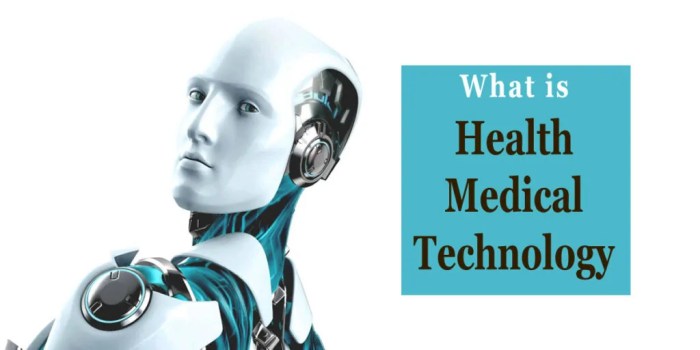
Data security and privacy are critical components of Health Information Technology (HIT) systems, ensuring that patient health information is safeguarded and protected from unauthorized access or breaches. As technology continues to advance in healthcare settings, the importance of maintaining the confidentiality and integrity of sensitive data becomes increasingly significant.
Key Challenges and Considerations in Safeguarding Patient Health Information
- Increasing cyber threats: Healthcare organizations face a growing number of cyber threats, including ransomware attacks and phishing attempts, putting patient data at risk.
- Human error: Employees within healthcare facilities may inadvertently expose patient information through mishandling of data or falling victim to social engineering tactics.
- Compliance with regulations: Healthcare providers must adhere to strict regulations such as HIPAA to protect patient privacy, adding complexity to data security efforts.
Strategies and Technologies for Protecting Sensitive Data in Healthcare Settings
- Encryption: Utilizing encryption technologies to secure data both at rest and in transit, ensuring that only authorized individuals can access patient information.
- Access controls: Implementing role-based access controls to limit who can view or modify sensitive data, reducing the risk of unauthorized access.
- Regular training: Providing ongoing cybersecurity training to staff members to raise awareness about potential threats and best practices for data protection.
- Multi-factor authentication: Requiring multiple forms of verification to access systems or data, adding an extra layer of security against unauthorized entry.
- Security incident response plan: Developing a comprehensive plan to address security incidents promptly and minimize the impact of data breaches on patient information.
Future Trends and Innovations in Health Information Technology
As technology continues to advance at a rapid pace, the future of Health Information Technology (HIT) holds exciting possibilities that can revolutionize the healthcare industry. Emerging trends such as artificial intelligence (AI) and machine learning are set to play a crucial role in shaping the landscape of HIT in the coming years.
Artificial Intelligence and Machine Learning in Healthcare
AI and machine learning have the potential to transform healthcare delivery by enabling predictive analytics, personalized treatment plans, and improved patient outcomes. These technologies can analyze vast amounts of data to identify patterns, trends, and insights that can help healthcare providers make more informed decisions.
- AI-powered diagnostic tools can assist in early detection of diseases and provide more accurate diagnoses.
- Machine learning algorithms can optimize treatment plans based on individual patient data, leading to more personalized care.
- Predictive analytics can forecast disease outbreaks, patient readmissions, and healthcare trends to improve population health management.
Supporting Personalized Medicine and Population Health Management
In the future, HIT will continue to support the advancement of personalized medicine and population health management through innovative technologies and data-driven insights.
- Personalized medicine aims to tailor medical treatment to individual characteristics, such as genetics, lifestyle, and environment, to achieve better outcomes.
- HIT can facilitate the integration of genetic data, electronic health records, and real-time monitoring to create personalized treatment plans.
- Population health management focuses on improving the health outcomes of a group of individuals by analyzing data trends and implementing targeted interventions.
- HIT tools can help healthcare providers identify at-risk populations, track health trends, and implement preventive strategies to enhance population health.
Conclusion
In conclusion, the importance of Health Information Technology in 2025 cannot be overstated, as it plays a pivotal role in shaping the future of healthcare. This summary encapsulates the key points discussed and reinforces the relevance of this topic in the years to come.
General Inquiries
What are some potential trends in Health Information Technology by 2025?
By 2025, we can expect to see advancements in artificial intelligence, telemedicine, and personalized medicine within the realm of Health Information Technology.
How can Health Information Technology improve patient outcomes?
Health Information Technology can enhance patient outcomes by facilitating better coordination of care, reducing medical errors, and providing quick access to vital health information.
What role do patient portals play in Health Information Technology?
Patient portals allow individuals to access their health information securely, communicate with healthcare providers, schedule appointments, and actively participate in their own healthcare management.
What are the key challenges in safeguarding patient health information in HIT systems?
Some challenges include data breaches, unauthorized access, and ensuring compliance with privacy regulations such as HIPAA. Implementing robust security measures is crucial to protect sensitive information.



